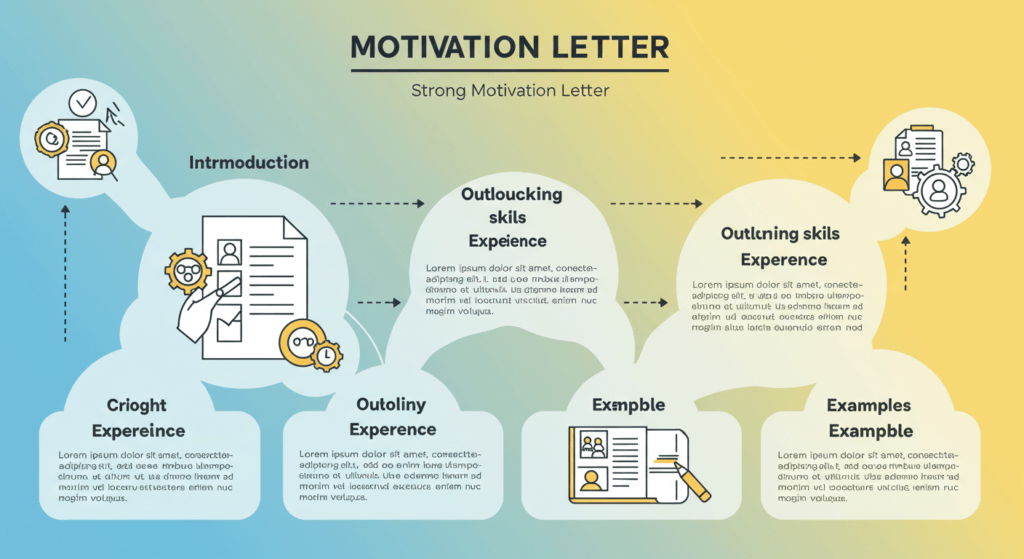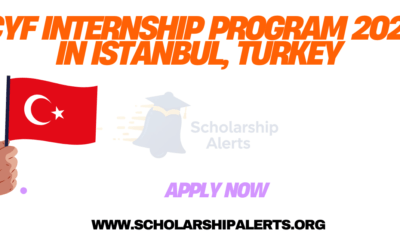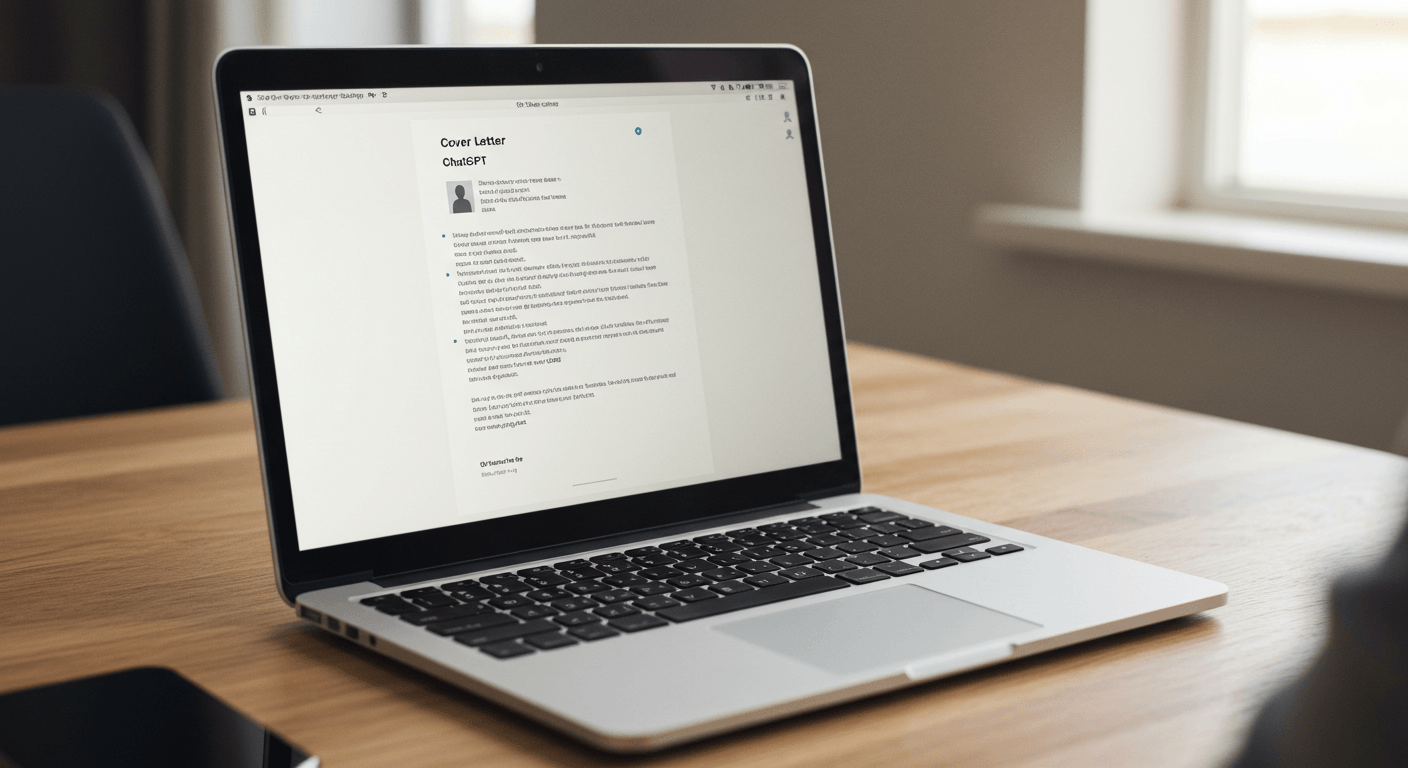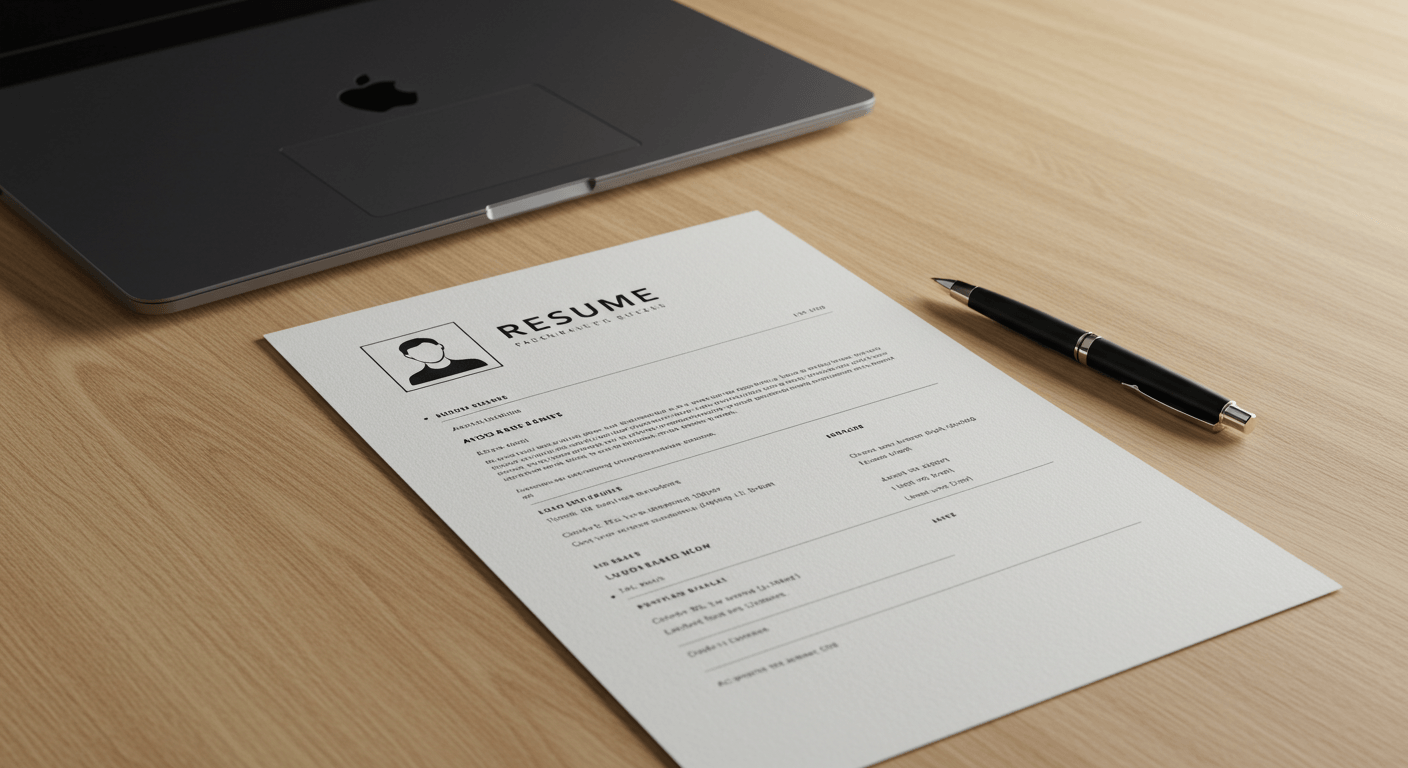A motivation letter can make or break your application for a university, scholarship, or job. It’s your chance to introduce yourself, showcase your achievements, and explain why you’re the ideal candidate. While many applicants struggle to make their motivation letters stand out, a well-crafted letter can leave a lasting impression and significantly boost your chances of success.
In this guide, we’ll walk you through the process of writing a compelling motivation letter, complete with tips, examples, and common mistakes to avoid.
What is a Motivation Letter?
A motivation letter, also known as a statement of purpose or personal statement, is a one-page document that highlights your qualifications, achievements, and aspirations. Unlike a resume, which lists your accomplishments, a motivation letter explains why you’re applying and how you’re a good fit for the opportunity.
You’ll typically need a motivation letter for:
- University Applications: Bachelor’s, Master’s, or Ph.D. programs.
- Scholarship Applications: To explain your academic and personal goals.
- Internships or Jobs: To demonstrate your passion and commitment.

How to Write an Effective Motivation Letter
Step 1: Research the Institution or Program
Before you start writing, gather as much information as possible about the university, scholarship, or organization you’re applying to.
Key Questions to Answer:
- What are their values and mission?
- What skills or qualities are they looking for in applicants?
- How does their program align with your goals?
This research will help you tailor your motivation letter and show the recipient that you’ve done your homework.
Step 2: Understand the Structure of a Motivation Letter
A motivation letter typically follows this structure:
- Header:
- Your name, contact details, and date.
- Recipient’s name, title, and institution.
- Greeting:
- Address the recipient formally (e.g., “Dear [Name]” or “Dear Admissions Committee”).
- Introduction:
- Start with a strong opening that grabs attention.
- Mention the program, scholarship, or position you’re applying for.
- Body Paragraphs:
- Paragraph 1: Highlight your background, qualifications, and achievements.
- Paragraph 2: Explain your motivation and why you’re interested in this opportunity.
- Paragraph 3: Describe how your skills align with their goals and how you’ll contribute.
- Conclusion:
- Reiterate your interest and thank them for considering your application.
- End with a polite call to action (e.g., “I look forward to your response”).
- Signature:
- Use “Sincerely” or “Best regards,” followed by your name.
Step 3: Write a Strong Introduction
Your introduction should immediately grab the reader’s attention and set the tone for the rest of the letter.
Example 1 (University Application):
“As a dedicated biology student with a passion for environmental conservation, I am excited to apply for the Master’s program in Environmental Science at XYZ University. Your program’s emphasis on sustainable practices aligns perfectly with my academic background and career aspirations.”
Example 2 (Scholarship Application):
“I am writing to express my enthusiasm for the ABC Scholarship, which would allow me to pursue my dream of becoming a software engineer while contributing to innovative technological advancements.”
Step 4: Highlight Your Achievements and Skills
Use the first body paragraph to showcase your qualifications and accomplishments. Be specific and provide examples that demonstrate your strengths.
Example:
“During my undergraduate studies in Computer Science, I consistently ranked in the top 5% of my class. I also led a team project that developed a mobile app to improve accessibility for visually impaired users, which won first place in a university-wide innovation competition.”
Step 5: Explain Your Motivation
The second body paragraph should focus on why you’re applying and how the opportunity aligns with your goals.
Example:
“My passion for renewable energy stems from my desire to address the global climate crisis. XYZ University’s emphasis on interdisciplinary research in sustainable energy solutions perfectly complements my aspiration to develop innovative technologies that reduce carbon emissions.”
Step 6: Show How You’ll Contribute
In the third body paragraph, explain how you’ll add value to the institution or organization. Highlight your unique skills or experiences that set you apart.
Example:
“I believe my experience in data analysis and project management will allow me to contribute significantly to your research initiatives. As a proactive team player, I am eager to collaborate with peers and professors to achieve meaningful outcomes.”
Step 7: End with a Memorable Conclusion
The conclusion should summarize your interest and leave a positive impression.
Example:
“Thank you for considering my application. I am confident that my background, skills, and dedication make me a strong candidate for this opportunity. I look forward to the possibility of contributing to your esteemed institution and achieving my academic goals.”
Tips for Writing an Outstanding Motivation Letter
- Be Specific:
Avoid vague statements. Provide concrete examples of your achievements and goals. - Tailor Each Letter:
Customize your letter for each application to show genuine interest. - Keep it Concise:
Stick to one page (around 500-700 words) and avoid unnecessary details. - Use a Professional Tone:
Maintain formality while expressing enthusiasm and confidence. - Proofread Carefully:
Eliminate grammar or spelling errors. Use tools like Grammarly for assistance. - Highlight Soft Skills:
In addition to technical skills, emphasize qualities like leadership, teamwork, and adaptability.
Common Mistakes to Avoid
- Generic Content:
Copy-pasting the same letter for multiple applications is a major mistake. - Overloading with Information:
Stick to relevant details that support your case. - Focusing Only on Yourself:
While showcasing your strengths, also explain how you’ll contribute to their program or organization. - Poor Formatting:
Use a clean, professional format with consistent fonts and spacing.
FAQs
1. How long should a motivation letter be?
A motivation letter should ideally be one page long (500-700 words).
2. Can I use the same motivation letter for multiple applications?
It’s best to customize each letter to reflect the specific requirements and values of the institution or program.
3. Should I include personal experiences in my motivation letter?
Yes, sharing relevant personal experiences can make your letter more compelling and relatable.
4. Is it okay to use quotes in a motivation letter?
You can include a brief, relevant quote if it adds value, but avoid overusing them.
5. How do I address the recipient if I don’t know their name?
If the recipient’s name is unavailable, use “Dear Admissions Committee” or “Dear Hiring Manager.”
Conclusion
Writing an effective motivation letter requires a mix of research, self-reflection, and clear communication. By following the steps outlined in this guide, you can craft a letter that showcases your strengths, aligns with the institution’s goals, and leaves a lasting impression.
Remember, your motivation letter is your chance to tell your story. Use it to convey your passion, dedication, and potential. With the right approach, you’ll be one step closer to achieving your academic or career dreams.










